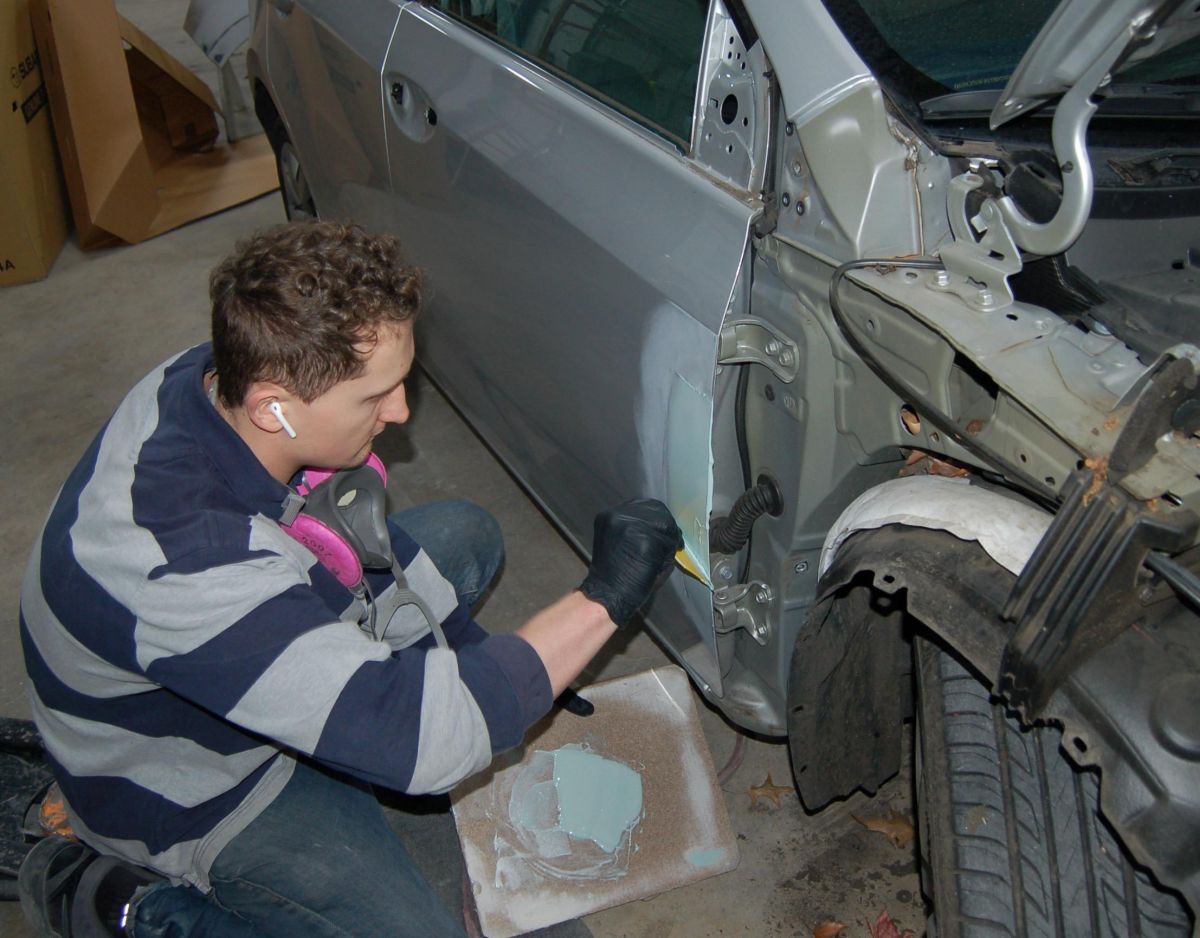A few months ago, I wrote a column here on measuring your technicians’ performance based on gross sales produced per body tech. I’ve received some questions about it, so I wanted to revisit the topic.
Several people have said they prefer to look at technicians’ efficiency. I’m not saying you shouldn’t measure that. But to me, it’s sometimes difficult to do that accurately because you might not know if a tech is coming in early or staying late, or also working on a Saturday, for example.
Other people said they look at average sales per square foot. Again, that’s not necessarily a bad way to measure, but comparisons of this across shops can be tough. In Southern California or Hawaii, some work might be done outside, for example. And there’s the issue of whether such things as a frame machine or paint booth count as square footage.
So that’s why I come back to gross sales produced per technician. And I recently came across an article from McKinsey & Company, “Have you cracked the efficiency code,” and it validated my thought process. It argues there are “untapped sources of efficiency and effectiveness” behind any organization’s operations.
The Skills, Will and Time Gaps
McKinsey’s analysis found three clear and measurable reasons for a lack of productivity for any given employee. They may not have the needed skills to be successful in their role (“the skills gap”), they aren’t engaged or energized by the work (“the will gap”) or they spend time in ways that don’t increase value (“the time gap”). All of these root causes of productivity loss “can remain invisible to an organization’s leaders,” the article said.
If you look at my earlier column about what to do if your body department isn’t averaging at least $65,000 or $75,000 or more per person, each of the bullet points pretty much address one or more of the gaps identified by McKinsey’s analysis.
I said, for example, it could be an issue of skillsets or needed training. I mentioned just a few of the sources of training -- I-CAR, 3M or BETAG -- but there’s also automaker training, paint company training, equipment manufacturer training, estimating training, etc.
Speaking of estimating, your body department may not be hitting the benchmark because your repair plans aren’t capturing enough labor operations. Most shops think they are writing good quality estimates, but how do you really know? Enterprise’s Automated Rental Management System (ARMS) reporting will tell you what your average labor hours per estimate are compared to the market. If you are a direct repair shop or get Open Shop assignments, you probably get DRP scorecards or can check the CCC ONE Indicators Report. Belonging to a 20 group is a great way to see comparisons that reflect estimate quality. In any case, you really need a data source to verify whether your belief in the quality of your estimates is correct.
I pointed to administrative bottlenecks potentially holding your body department back (“the time gap”): They might be waiting for estimates or supplements, might be checking in their own parts, or might be doing other non-production tasks because the shop doesn’t have enough admin staff.
I was recently looking at some shops’ data, for example, and saw a shop that was producing only about $50,000 sales per tech in the body department. They had three body techs and three apprentices, so they probably needed more training for the apprentices. Their estimate quality wasn’t great. But the real issue was that each of the shops’ admin people was handling $100,000 in sales. That’s far too much. The industry average is about half that. They simply didn’t have the admin staff to avoid creating bottlenecks.
On the other hand, overstaffing could be keeping you from hitting the sales per body technician benchmark. Particularly this year, I’m seeing shops with more techs than they have work. That makes sense ahead of opening an additional location, or if you’re preparing for retirements of some techs. And with as challenging as it can be to find technicians, being slow to scale back your production staff may make sense. But it also could be hurting your numbers.
Optimizing for Tech Skillsets
Also make sure you’re scheduling the right mix of work for the skillsets of your staff. Trying to get a bunch of category 5 jobs (aka trainwrecks) out the door when you have fewer A-level techs than helpers or apprentices might not be the best way to schedule.
I also talked about pay plans in my last column on measuring sales per employee in the body department. That could be contributing to what McKinsey called “the will gap.” You might not be sufficiently motivating them.
I didn’t mention this in my previous column on this subject, but there can also potentially be a culture issue holding your team back in terms of gross sales by tech. Is there a lack of someone leading the way?
In any case, even if you’re already at the $65,000 in sales per body tech benchmark, that doesn’t mean you can’t still work on improving the “gaps.” I know shops topping $90,000 or more in monthly sales per person in the body department. That requires hitting on all cylinders: writing “best of the best” estimates, having an exceptionally trained team, and making sure you’re “right-sized” so techs aren’t looking for work or handling administrative tasks.















Mike Anderson